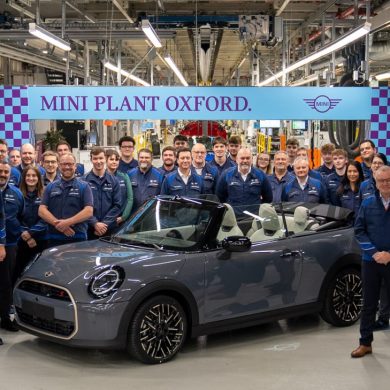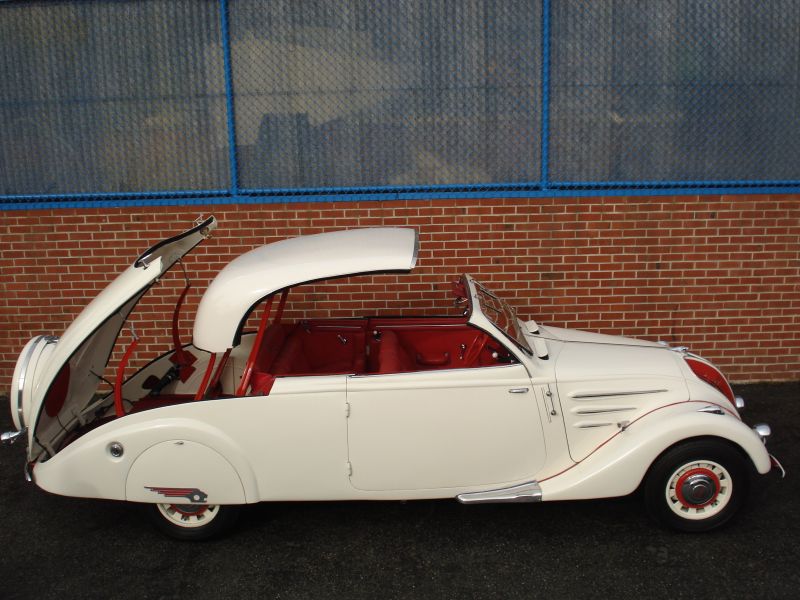
It is "heavy" for a car company to say that it has its roots in the pioneering world. And that it has a truly glorious past. Η Peugeot, claims to have such a history. On the occasion of the anniversary of the death of its founder, Armand Peugeot, on 2 December, but also the onslaught of the "lions" in the Rally Dakar, today we will see some nice facts about the birth of this brand and the innovative he brought. The story is a good one, since it involves several people pioneers of the automotive industry, who influenced and helped each other. From Peugeot to Daimler and Bugatti and the Michelin brothers, to get to the cars we know and drive today...
Can Peugeot claim to be a pioneer? Perhaps, the first automaker to put brakes on all the wheels of its models, the first to use camshaft bearings, the first to put on tires with patchable tires, the first non-American to win a race at Indianapolis, the one that once built the world's fastest car, the first to build a coupe cabriolet...maybe we say he can...
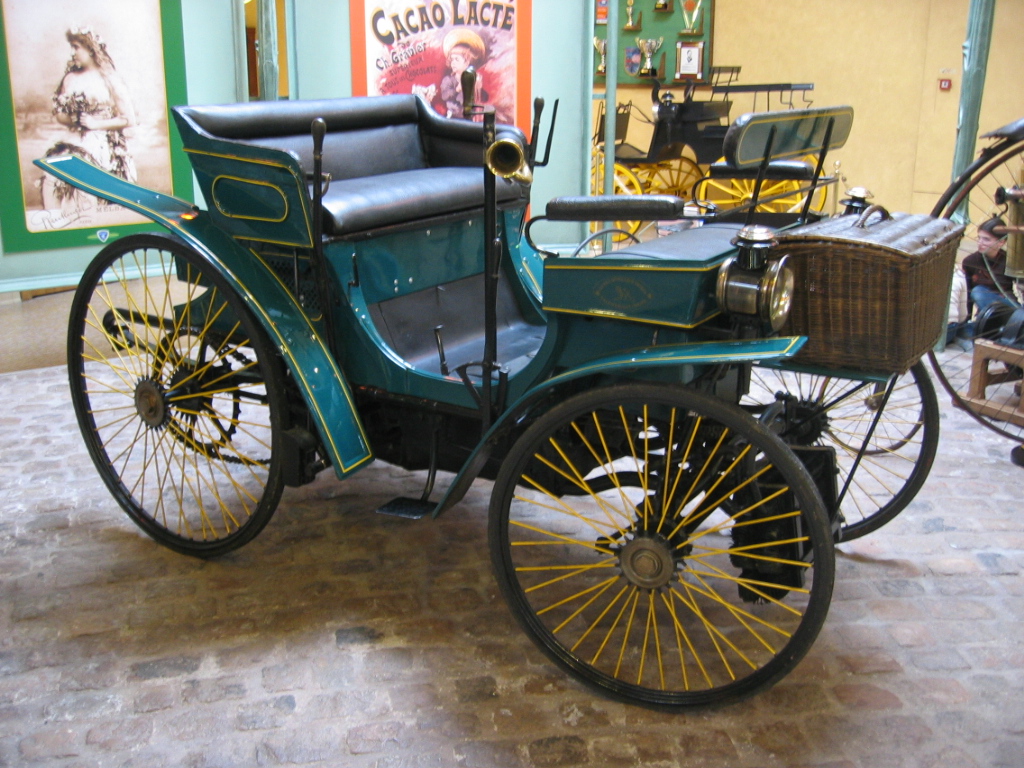 Peugeot Type3
Peugeot Type3
Initially, as far as the family companies that produced cars were concerned, the Agnelli dynasty (Fiat) started working in 1899, Ford in 1905, Toyodas in 1935. Armand Peugeot, had already set up his factory (producing cars) in 1895.
Already, the Peugeot family business, from the province of Sochaux in France, had been in business since the beginning of the 19th century (suffice it to say that in 1842 they added coffee production to their "business"), but later on, they specialised in blacksmithing. They made from frames for umbrellas, until bicycles (and, for the latter, Peugeot is famous to this day). An interesting detail is that since 1926, the bicycle producer and the car producer Peugeot had gone their separate ways.
At the end of the 1880, Armand Peugeot, the engineer who had taken over the family business and, more importantly, was involved in bicycles, had a "revolution" in mind. Since his meeting with Gottlieb Daimler, he was convinced that the era of horse-drawn carriages was about to pass. And that the future, were the cars.
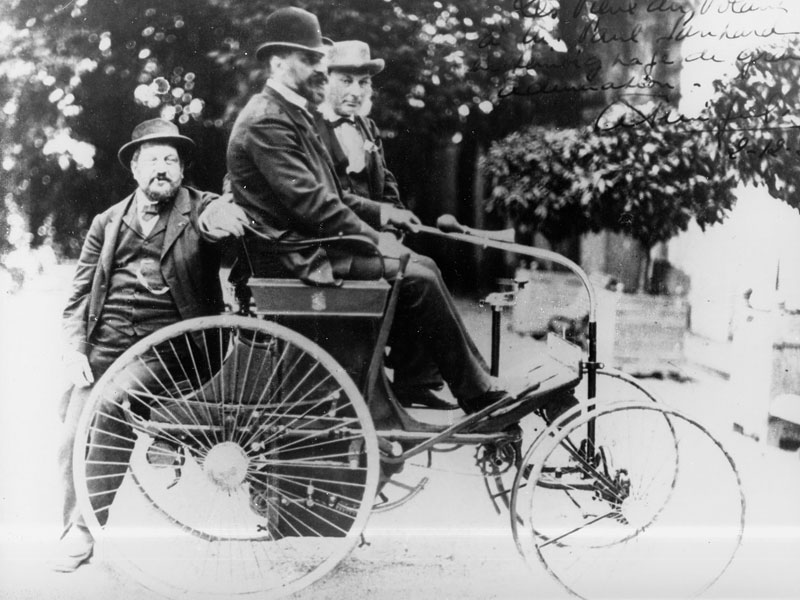 Armand Peugeot (seated in foreground) on a Peugeot. Notice the horn. The rim can be worn in today's Rallye.
Armand Peugeot (seated in foreground) on a Peugeot. Notice the horn. The rim can be worn in today's Rallye.
It didn't take him long to get to work. As soon as the 1889, his company presented at an International Exhibition the first car Peugeot. It was tricycle and it had an engine that ran on steam. The car, which was designed by Léon Serpollet, was produced in just four pieces. You don't call it a success, since it was not particularly easy to use: It was heavy, smudgy and you had to heat it up for an hour before you could (manage) to leave.
The 1890 well, Peugeot meets again with Daimler, as well as with Émile Levassor, and is persuaded to abandon steam in favour of a four-wheeler powered by a internal combustion engine, which was to be built by Panhard with Daimler's permission for Peugeot. The car, which resembled a horse-drawn carriage without horses, had several innovations for its time. Such as, for example, suspension on each wheel and a gearbox.
But, the great innovation comes four years later, when he participates in Paris-Bordeaux-Paris, a 1.200 km rally, the first speed race in France. There, Peugeot triumphs, doing the 1-2-3, but all eyes turn to another Peugeot, which finishes in tenth place.
This, Armand Peugeot had made available to two brothers from Clermont-Ferrand: the Andre and Edouard Michelin. The two Frenchmen had worn on the Peugeot an exciting achievement: The pneumatic tyres, which would later become a "must" for all cars.
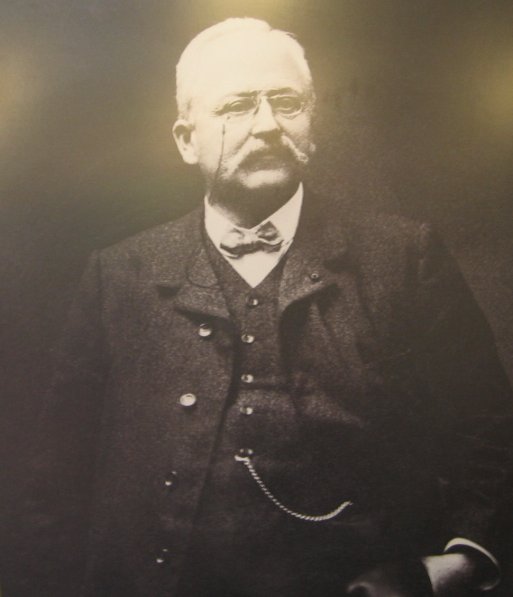 In fact, the two brothers, who ran a family business making tire parts for farm machinery, had seen the idea, on a bicycle, in 1889. He was wearing the invention of a Scottish businessman, John Boyd Dunlop and left a tire near the Michelin farm.
In fact, the two brothers, who ran a family business making tire parts for farm machinery, had seen the idea, on a bicycle, in 1889. He was wearing the invention of a Scottish businessman, John Boyd Dunlop and left a tire near the Michelin farm.
Michelin saw how much better a vehicle behaved on a vehicle with pneumatic tires, but found that if it exploded, the process of getting it made was tortuous. So, they focused on making inflatable tyres, which would come off quickly and easily to repair.
Already, the 1891 had made tyres that could be repaired quickly, which they proved on 14 August that year, when the racing driver of the day, Charles Terront, there's a tire left (his car was wearing Michelin), which was repaired by the two brothers and he continued the race. It is even said that the two brothers were proud of Terront's victory, long before the race was over.
So in '94, Peugeot would give them the opportunity advertise their product to all car manufacturers. And they would succeed, since they "dressed" the wheels of the French champion with tyres...
So we arrive at 1896when Peugeot decides to produce for the first time engine for his cars. Designed by Rigoulot, this engine, with an output of 8 horsepower, goes into the back of the T15. Later, in the Type 48, the engine moves to the front, under a hood, instead of being hidden under the car. On the Type 36, he also puts a steering wheel in the classic (today), round shape.
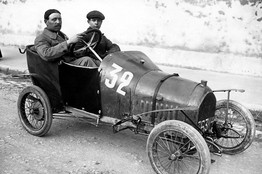 Do you see now why they called it "Bebe"?
Do you see now why they called it "Bebe"?
The production, of course, was not going as well as it could have been. That is, until the 1901, where, at the Paris Motor Show, Peugeot presents the 652 cc, 5-horsepower "Bebe". The single cylinder car with the baby's name is considered stylistically revolutionary and it's a smash hit. However, Peugeot disappointed, when, in 1902, with a 50-horsepower Bebe, he took 19th place in the Paris-Vienna Rally. Thus, he retired from racing.
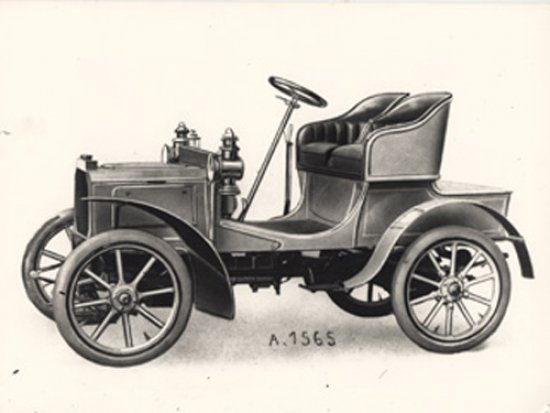 Peugeot Bebe of 1905
Peugeot Bebe of 1905
Although it was one of the main competitors of cars Mercedes, his absence from the games is resounding. So, we come to 1912when the Ettore Bugatti designs for the sake of Peugeot, the new Bebe, with an 850 cc engine. The Peugeot company has decided to follow the "voiturette" line, i.e. light cars and, quickly expanding into Grand Touring. With the help of Bugatti, they are building a car with a 7.6 litre four-cylinder engine, which turns out to be the fastest in the worldat that time.
Wins the 1912 French Grand Prix, with an average hourly speed 110.2 kilometres per hour, although he is forced to make a 20-minute pit stop after losing third gear. In May 1913, the same car would win the Indianopolis, recording speeds of up to 150.5 km per hour. Peugeot, had just become the first non-American company to win a race at the Indianapolis track.
Is it already implementing many innovations? Such as bearings in the camshaft, gearboxes and dry oil cartridges. These, the first time they wore them Peugeot...
But the other big innovation comes in the form of 1914, when Peugeot presents in the races a great, for the time innovation: Instead of having brakes only on the rear wheels, like the Mercedes of the time, its models are equipped with brakes on all four wheels. Ironically, Peugeot loses the French Grand Prix from Mercedes, after its driver cannot get used to the four brakes and it breaks down the car.
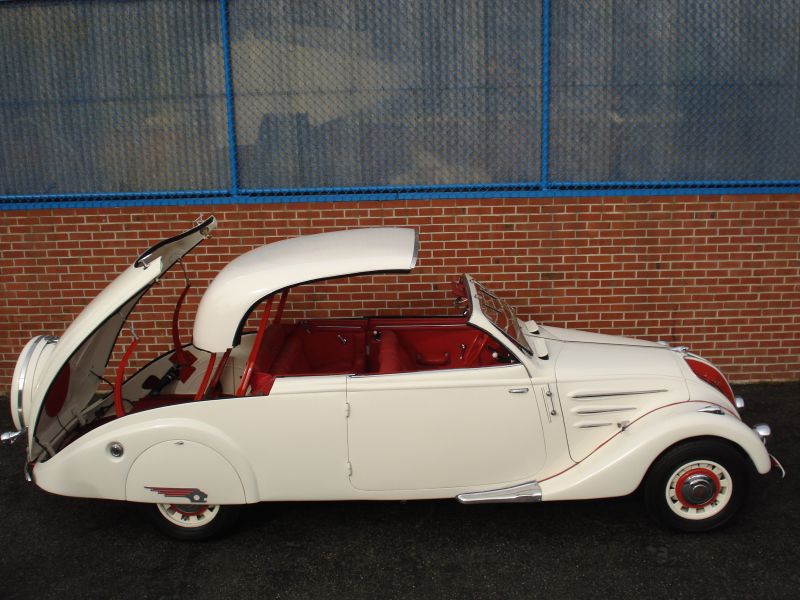 Ladies and gentlemen, the world's first coupe cabriolet. Although it was built in 1935, it had an electrically retractable (hard) top. This was a groundbreaking Peugeot.
Ladies and gentlemen, the world's first coupe cabriolet. Although it was built in 1935, it had an electrically retractable (hard) top. This was a groundbreaking Peugeot.
The story continues with innovations, but also with events that made it famous. Like, for example, the fact that famous race of the Targa Florio, in 1919, the Earned a Peugeot, which had made 200.000 kmbut his little soul said so. Or the 402 BL Éclipse Décapotable, the world's first car with a retractable hardtop. The impressive thing here is that this Peugeot model, the 1935had a mechanism that made electrically the folding!!!




